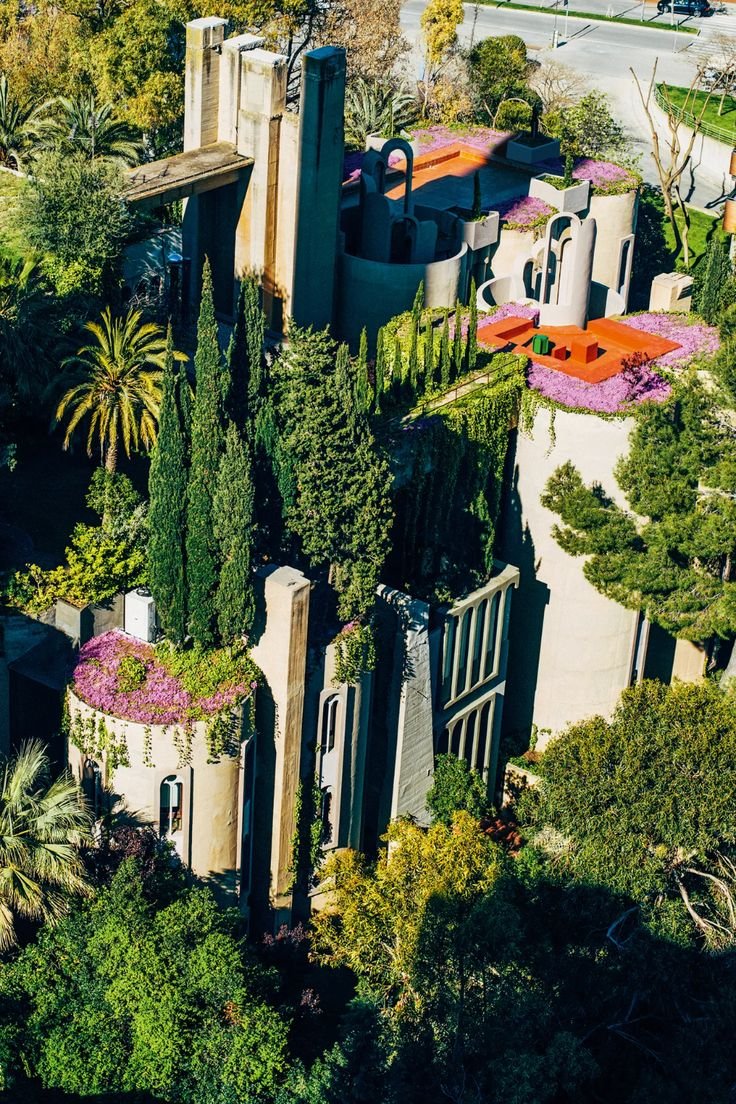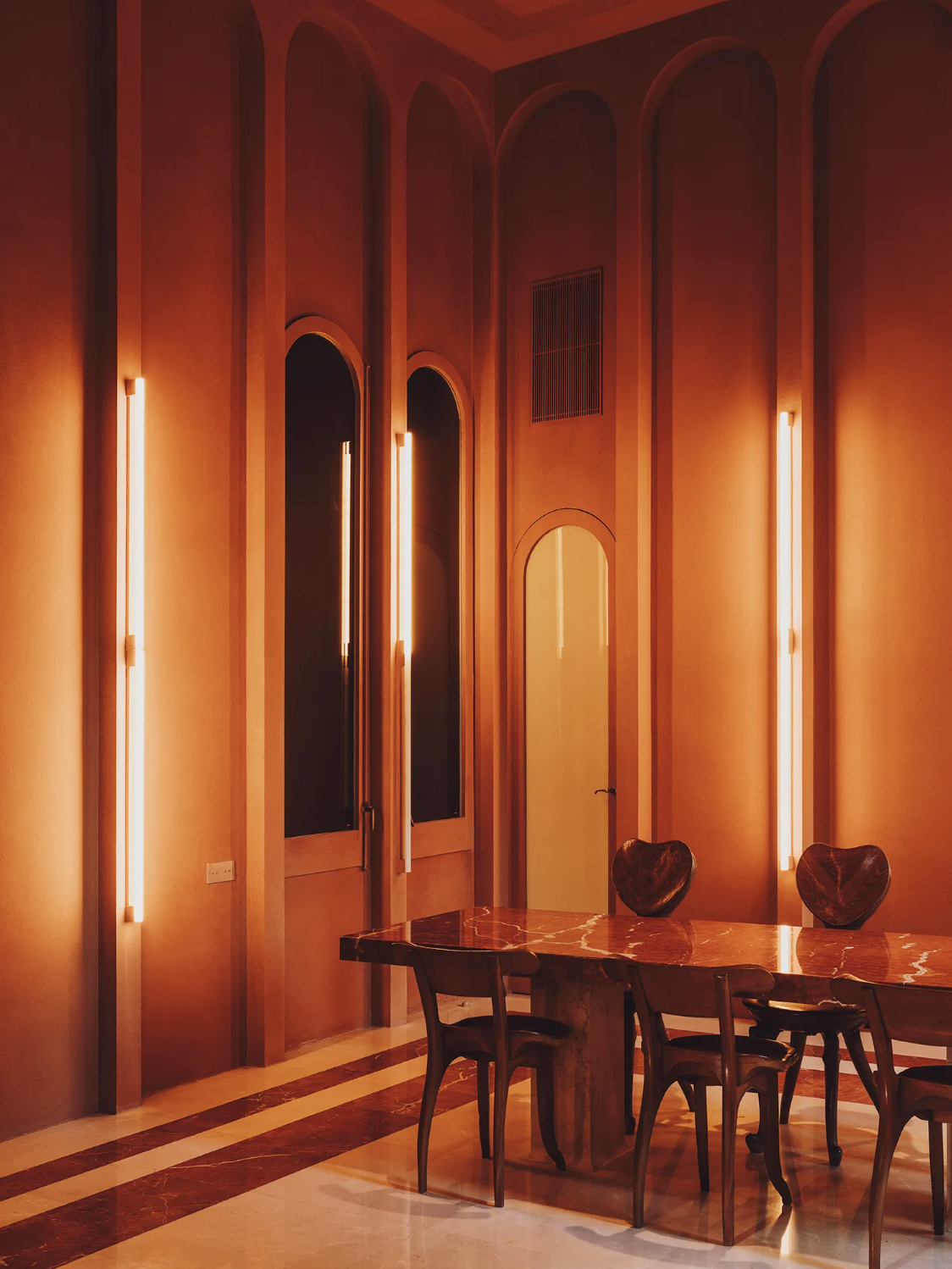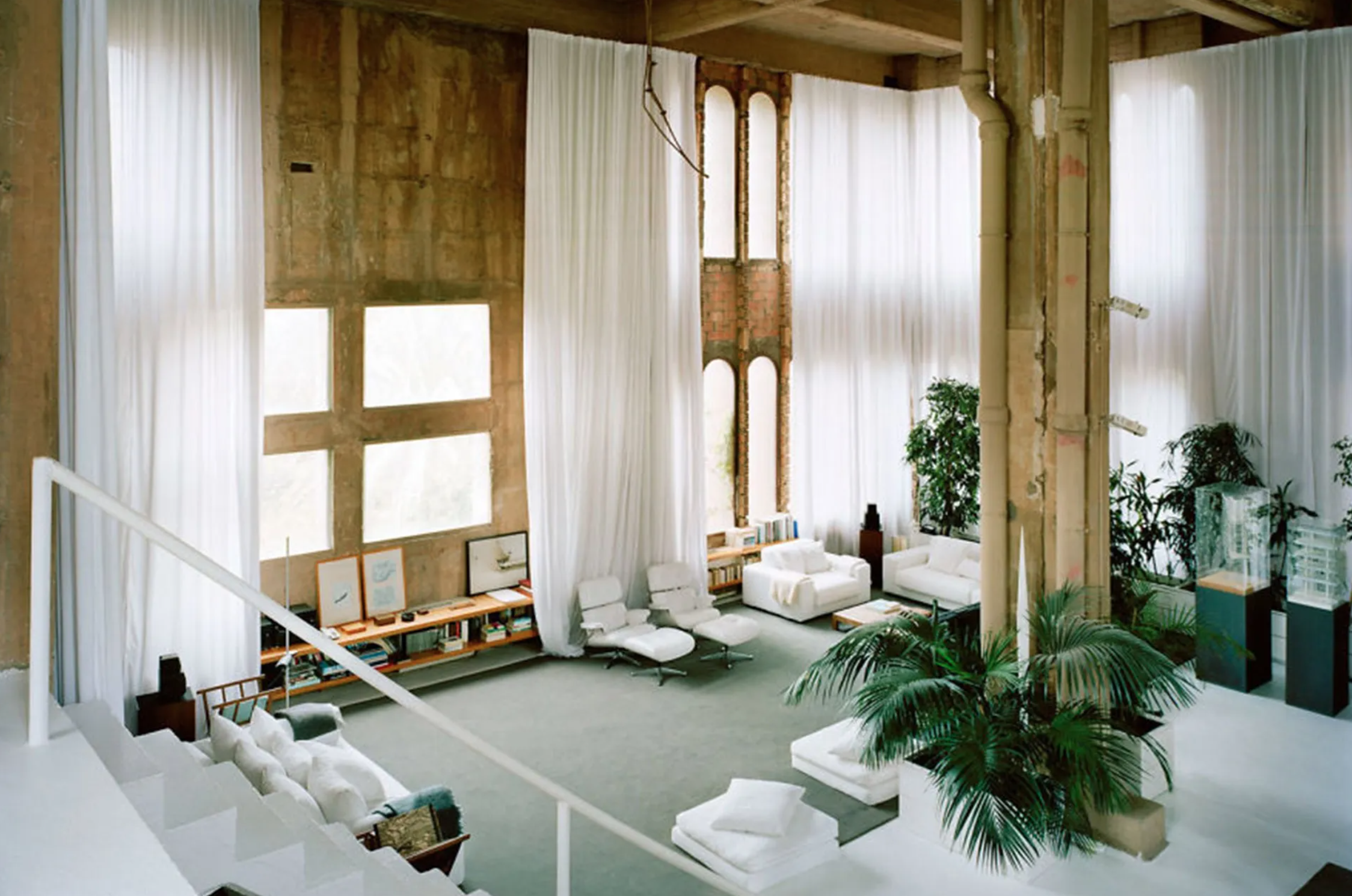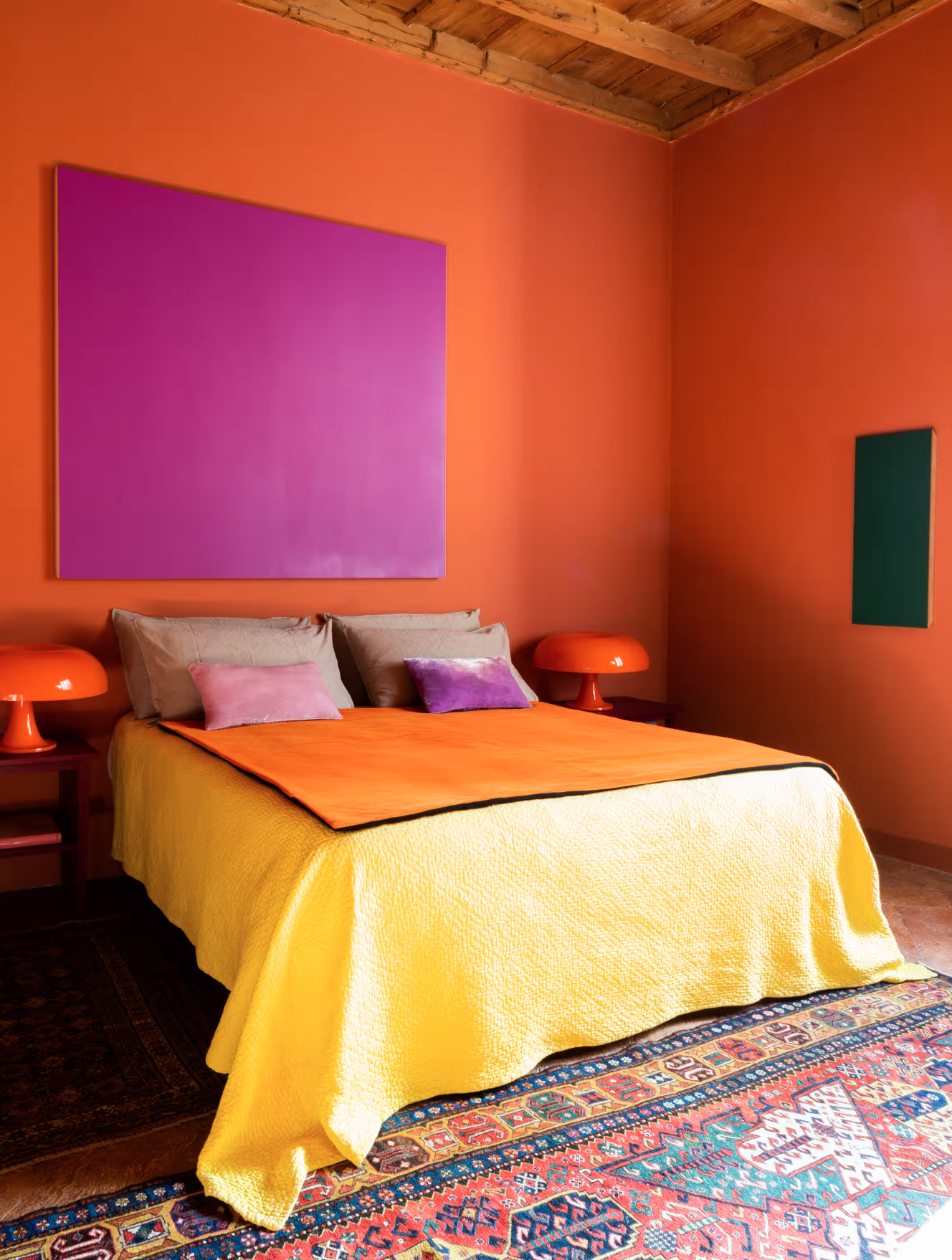A Converted Cement Factory Turned Studio and Home of Architect Ricardo Bofill
Photo Kristina Avdeeva / Courtesy Of Ricardo Bofill Taller De Arquitectura, Ricardo Bofill, Gestalten 2019
La Fábrica is a remarkable architectural project located in Barcelona, Spain, designed by the renowned architect Ricardo Bofill. Originally an abandoned cement factory dating back to the early 20th century, Bofill transformed it into his personal living space and architectural office in 1973.
Photo Kristina Avdeeva / Courtesy Of Ricardo Bofill Taller De Arquitectura, Ricardo Bofill, Gestalten 2019
The transformation of La Fábrica was a monumental undertaking, spanning several years and phases. Bofill preserved much of the industrial structures while adding his own unique touches, resulting in a stunning blend of industrial and postmodern architectural styles. The complex now consists of various spaces, including studios, living quarters, gardens, and communal areas, all interconnected in a labyrinthine fashion.
Photo Kristina Avdeeva / Courtesy Of Ricardo Bofill Taller De Arquitectura, Ricardo Bofill, Gestalten 2019
One of the most striking features of La Fábrica is its vast central atrium, which serves as the heart of the complex. This cavernous space is adorned with lush vegetation, creating a surreal juxtaposition of nature and industry. Throughout the complex, Bofill incorporated elements of surrealism and historicism, further enhancing its visual appeal.
La Fábrica has garnered international acclaim as both an architectural marvel and a testament to adaptive reuse. It stands as a testament to Bofill's vision and creativity, showcasing the potential for repurposing industrial relics into vibrant spaces for living and creation.
Photo Kristina Avdeeva / Courtesy Of Ricardo Bofill Taller De Arquitectura, Ricardo Bofill, Gestalten 2019
Photo Kristina Avdeeva / Courtesy Of Ricardo Bofill Taller De Arquitectura, Ricardo Bofill, Gestalten 2019
DISCLAIMER: THE MILLIE VINTAGE DOES NOT OWN ANY RIGHTS TO THESE PHOTOS. PLEASE NOTE THAT ALL IMAGES AND COPYRIGHT BELONGS TO THE ORIGINAL OWNERS. NO COPYRIGHT INFRINGEMENT INTENDED.



























